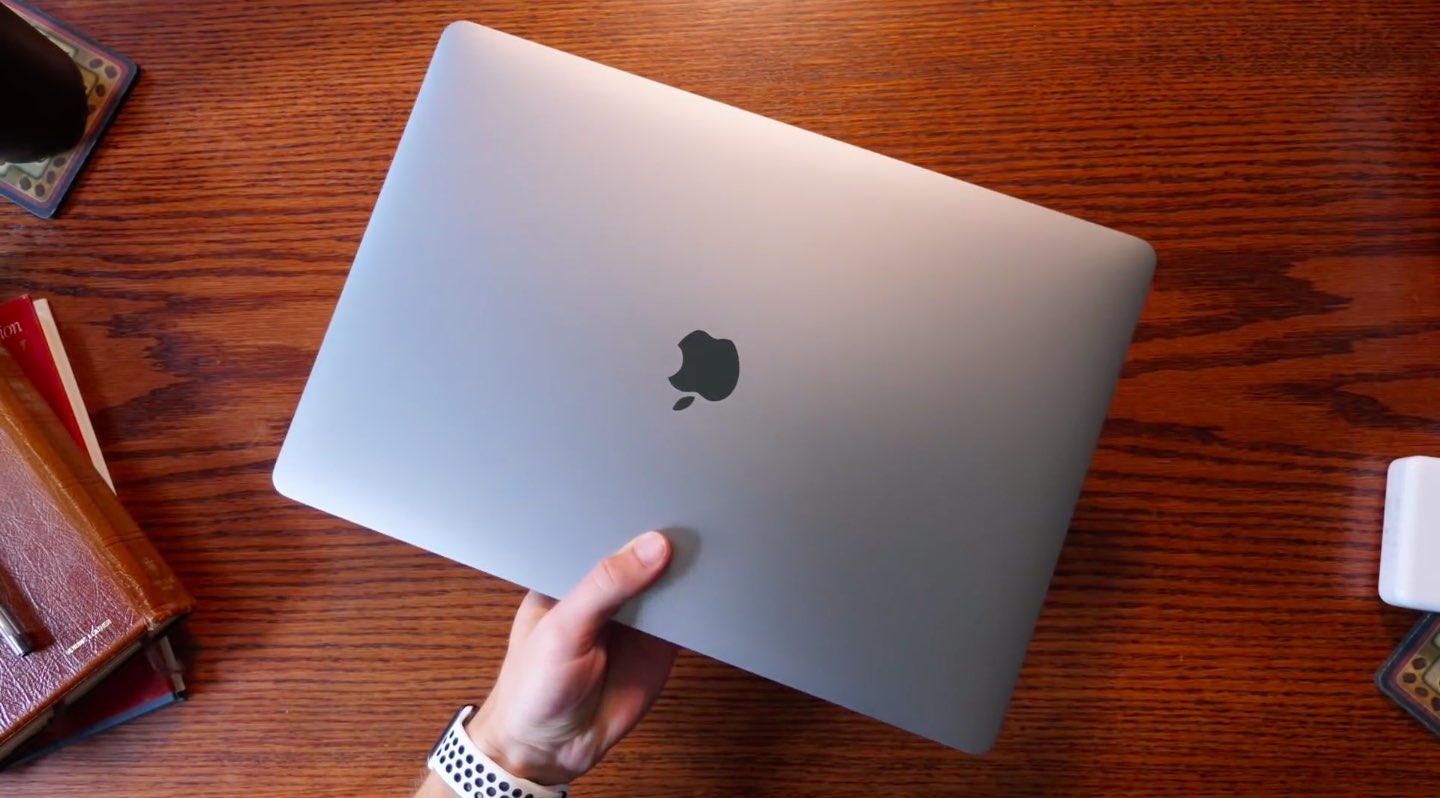
Korea’s ETNews reports that Apple is destined to order additional OLED panels for future products like “tablets and notebooks” from Samsung.
Apple is believed to owe Samsung several hundred million dollars because it couldn’t hit the agreed-upon OLED panel order targets due to slowing iPhone sales. Samsung is the exclusive OLED panel provider for the iPhone X and iPhone XS family of smartphones.
Samsung Display invested in the A3 plant for about two years in line with the deal with Apple. The company has packaged large-scale facilities capable of producing 6G-generation flexible OLEDs (called ‘Apple-only’) at 105,000 sheets per month. The size of the order Apple pledged to Samsung Display was not known. Industry sources expect Samsung to produce about 100 million OLED panels for iPhone annually.
As sales of OLED iPhones did not meet expectations due to the combination of a slowing smartphone market and high prices, the capacity utilization rate at Samsung’s A3 production line has fallen below 50 percent due to a drop in panel orders from Apple.
The Mac maker could choose to pay up the amount it owes to Samsung or commit to additional orders, with management apparently opting for the latter. “We know that Apple has offered multiple options to Samsung Display, including conditions for adopting OLEDs for other products such as tablets and notebooks,” an unknown industry observer was quoted as saying.
Apple Watch and iPhone are the only two Apple products that use OLED display technology. A report from The Elec last month suggested Apple could tap Samsung to supply OLEDs for not only a future MacBook Pro, but also an upcoming iPad Pro lineup.
The Wall Street Journal thinks that iPhone will transition to an all-OLED lineup in 2020.
Revered Apple analyst Ming-Chi Kuo of TF International Securities has called for a MacBook Pro featuring a 16 to 16.5-inch OLED display to be released this year. He also predicted a 10-inch to 12-inch iPad in late 2020 or early 2021 and a 15-inch to 17-inch MacBook in the first half of 2021, both of which should feature mini-LED backlights.